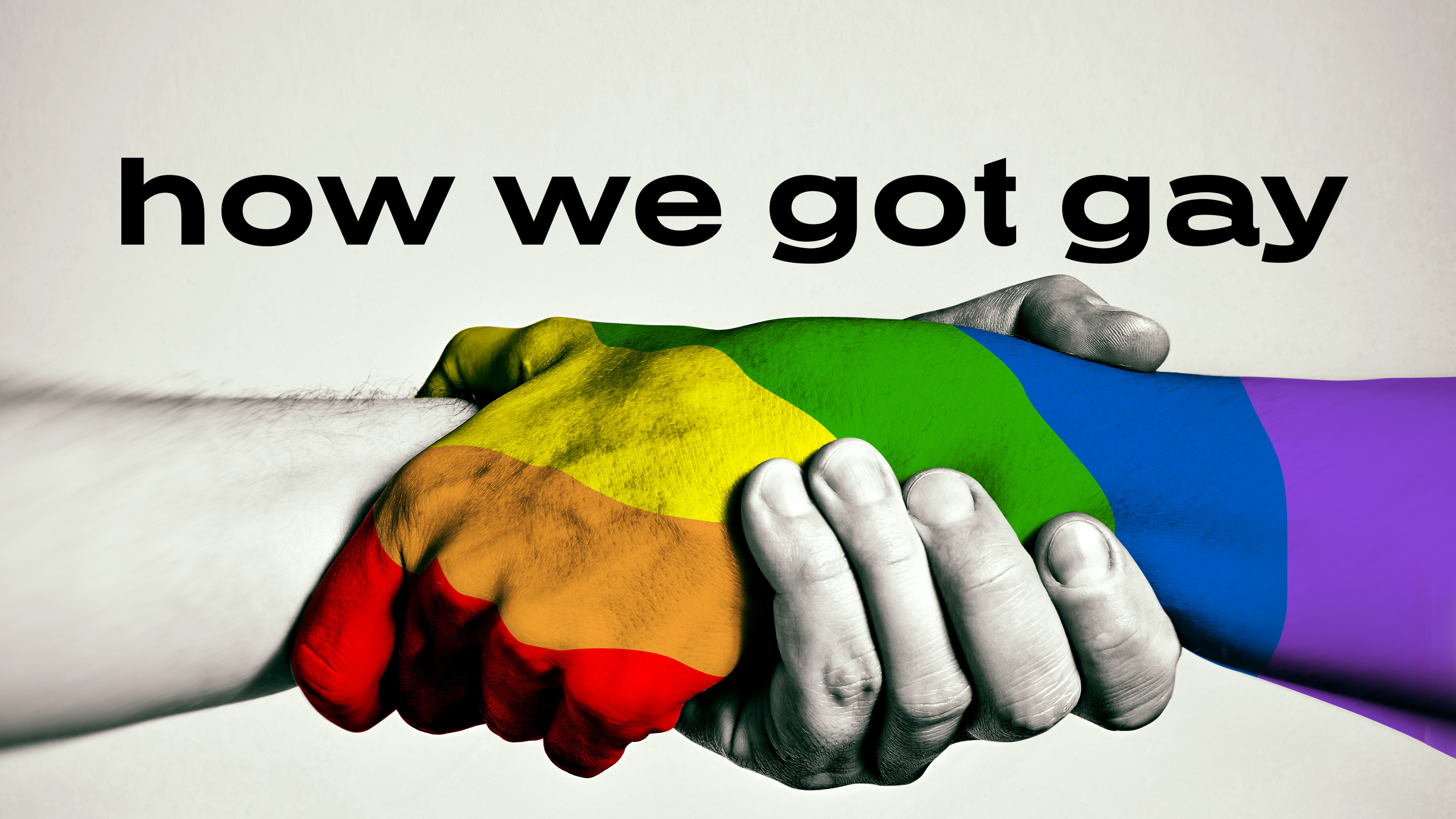Why has the Pride flag changed so much in the past few decades? The reasons are pretty straightforward.
◊
What began as an effort to gain full civil rights for gay men in the 1950s, has blossomed over time into a broader movement in support of the LGBTQ+ community. As part of that evolution, the Pride flag has become one of the most enduring symbols of the LGBTQ+ rights movement, instantly recognizable and rich with meaning. Its evolution – from early efforts of gay activists and its original 1978 design to contemporary iterations – tells a powerful story of inclusivity, community, and adaptation.
The progress of LGBTQ people from exclusion to broad participation in society is the subject of this inspiring MagellanTV documentary.
The Original 8-Color Flag
The first Pride flag was created by artist and activist Gilbert Baker in 1978. At the request of Harvey Milk, a member of the San Francisco Board of Supervisors and the first openly gay elected official in the U.S., Baker set out to design a symbol of pride and hope for the LGBTQ+ community. The result was a vibrant flag with eight stripes, each color assigned a specific meaning:
- Hot pink: Sex
- Red: Life
- Orange: Healing
- Yellow: Sunlight
- Green: Nature
- Turquoise: Magic/art
- Indigo: Serenity
- Violet: Spirit
Baker hand-dyed and stitched the original flags for San Francisco’s Gay Freedom Day Parade in 1978. The flag was immediately embraced by the community, but mass production introduced challenges.
From 8 to 6 Colors
Shortly after its debut, practical limitations required modifications. The first issue was the unavailability of hot pink fabric in large quantities. To make the flag easier to mass-produce, hot pink was dropped, resulting in a seven-color version.
Later, the flag underwent another change. When organizers of the 1979 San Francisco parade wanted to display the flag as two symmetrical halves down Market Street, the turquoise stripe was removed to create an even number of stripes. This led to the now-familiar six-color version, with the meanings slightly adjusted:
- Red: Life
- Orange: Healing
- Yellow: Sunlight
- Green: Nature
- Blue: Harmony/peace
- Violet: Spirit
This six-stripe version became the standard and was widely adopted worldwide as the symbol of LGBTQ+ pride and unity.
 Pride flag at a parade in Germany (Credit: Lucas Werkmeister, via Wikimedia Commons)
Pride flag at a parade in Germany (Credit: Lucas Werkmeister, via Wikimedia Commons)
The Chevron: Toward Greater Inclusion
As the LGBTQ+ movement evolved, so did its symbols. In 2018, designer Daniel Quasar introduced the “Progress Pride flag,” which added a chevron to the traditional six-stripe rainbow. The chevron includes:
- White, pink, and light blue: The colors of the transgender Pride flag, representing trans and non-binary individuals.
- Black and brown: Representing LGBTQ+ communities of color and also honoring those lost to HIV/AIDS and those still facing stigma.
The chevron is placed along the hoist side of the flag to indicate forward movement and progress, emphasizing the importance of inclusion and intersectionality within the LGBTQ+ community.
A Living Symbol
The Pride flag has never been a static symbol. Its changes reflect the evolving needs and values of the LGBTQ+ community. From the original eight-color vision to the more inclusive Progress Flag, each version has served as a beacon of visibility and solidarity. Today, many people and organizations fly different variations of the flag, depending on the message of inclusion they wish to emphasize. Despite the changes, the core purpose remains: a celebration of love, identity, and the ongoing fight for equality.
Ω
Title Image credit: Donald Trung Quoc Don (Chu Hán) - Wikimedia Commons - © CC BY-SA 4.0 International
_03.jpg)
_03.jpg)
